The Sujihiki from Tojiro has a VG10 core material and comes with an outer softer stainless steel cladding. The cladding is very visible and adds to the aesthetics of the knife. The blade has a brushed vertical finish, which also helps break down water content from food to stick less on your blade. The knife comes with a full-tang handle with three rivets. There is also a distal spine taper.
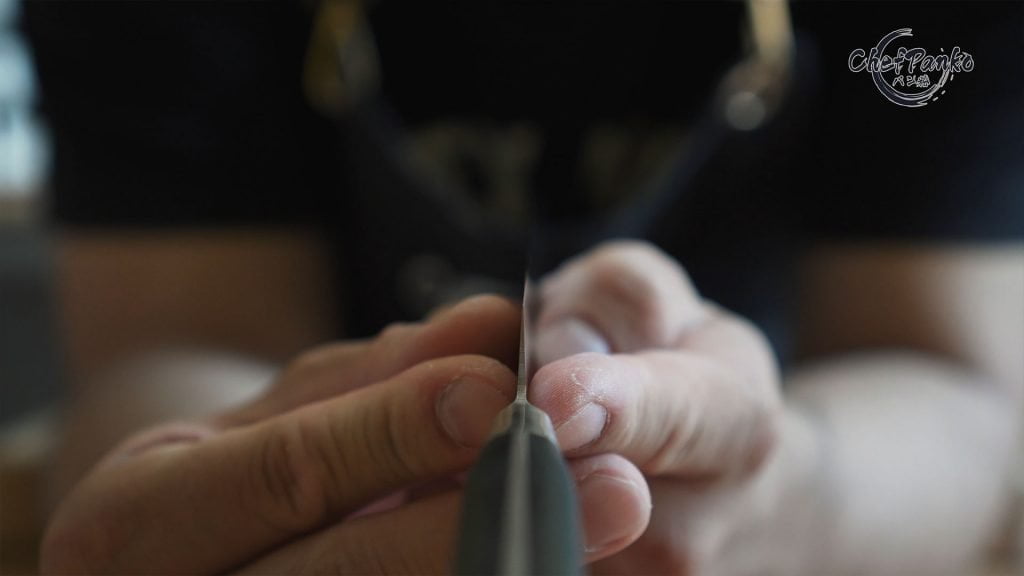
Knife Rockwell Hardness and Core Material
The knife’s Rockwell hardness is specified with a Rockwell of 60. If used in a professional kitchen, you can get away with 4 to 5 hours before needing to hone your knife with a honing rod. The VG10 core material has excellent stainless properties, so you don’t have to worry about rusting your blade. There is a slightly noticeable flex during use. Keep in mind that the Sujihiki’s intended use is to slice, and you should not treat it as an all-purpose knife.
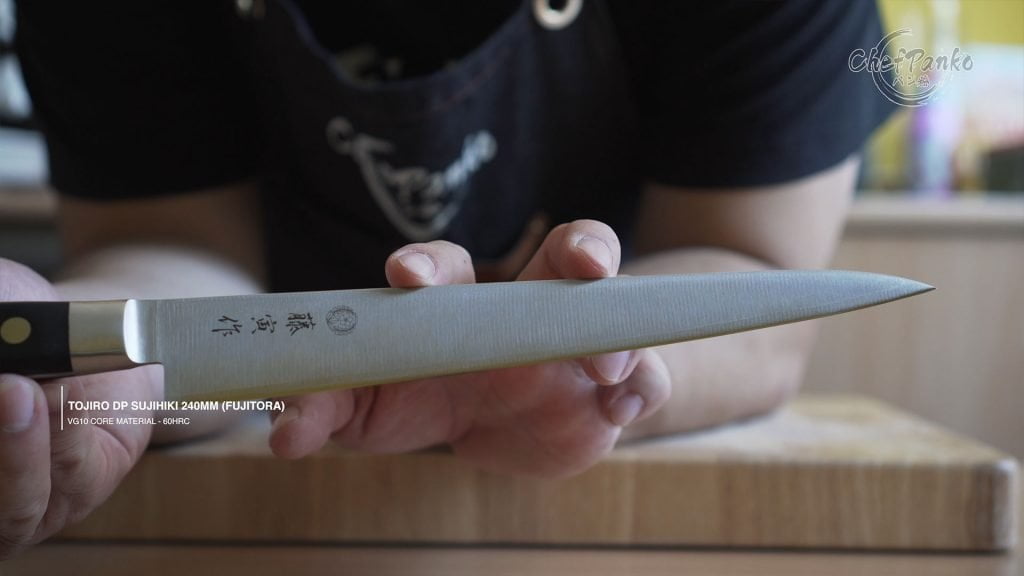
Blade profile Tojiro Sujihiki
The Profile of the Tojiro Sujihiki has a gentle smooth curve and a slight flat spot at the tip. Since a Sujihiki is a Japanese slicer, you will need to utilize the gentle curve. With a Sujihiki, you will always draw the knife towards you and not away from you. The gentle curvature allows you to slice through boneless protein smoothly and without too much friction because the blade width slowly becomes narrower with each slice. The flat front area ensures that you make complete contact with the cutting board to finish the slice smoothly.

Knife balance point
The balance point of this knife is at the bolster. But depending on your gripping style, the balance point can shift slightly. The balance point for this Sujihiki from Tojiro is well balanced and combined with the handle also very comfortable to hold.

Knife handle
The full-tang reinforced, laminated wooden handle increases the durability of the handle and protects it against deforming. The knife handle sits comfortably in your hand. It has a butt at the end of the handle, which prevents you from slipping.

Recommended Gripping Style on a Sujihiki
The handle shines the most with the fingertip grip, great gentle thumb rest at the side, and the butt prevents you from slipping. The fingertip grip allows you a broader range of wrist motion. It accommodates the blade profile and helps you with diagonal cuts. And your finger also acts as a sharpness indicator since you can feel how smooth your edge is with each slice.
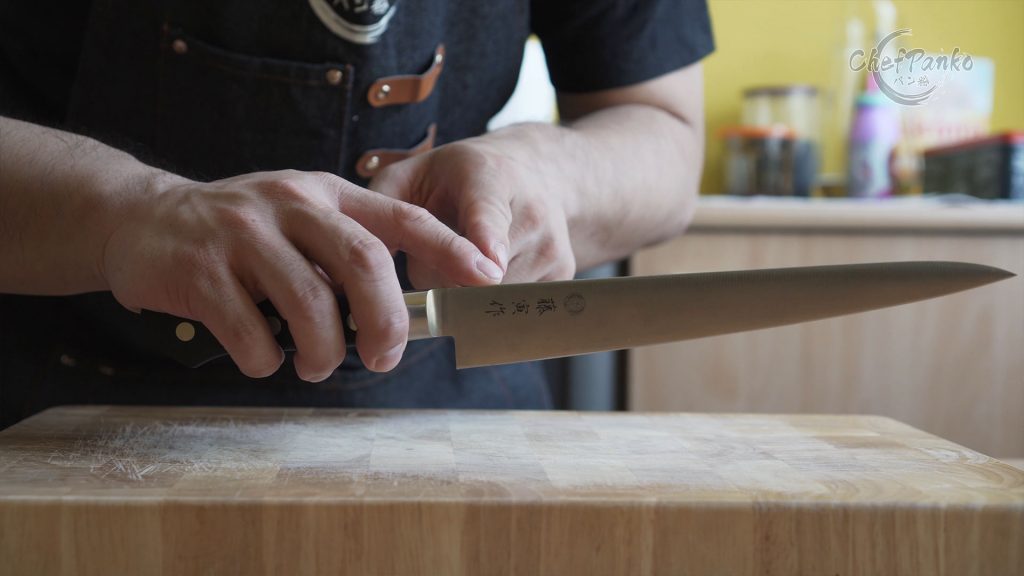
Suitable for home cooks?
While the knife is suitable for home cooks, a home cook’s value is minimal with a Sujihiki. If you occasionally cook for your family, an all-purpose knife like the Gyuto is more than enough since you probably have pre-cut produce from the butcher. For example, you won’t be using a slicer on a small chicken breast.
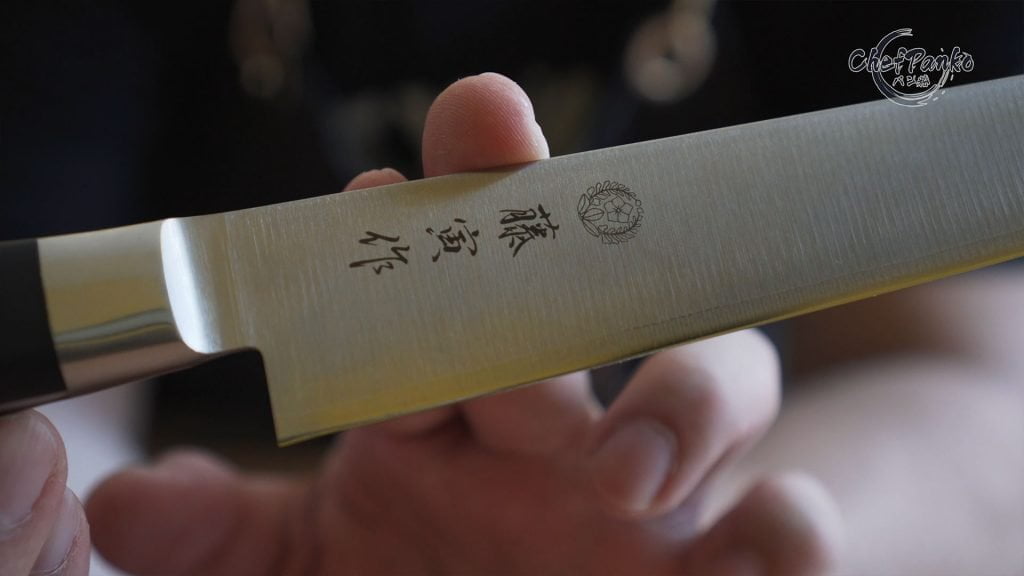
Suitable for professional cooks?
For professional cooks that deal with more significant protein like whole salmon, tuna, or entire beef tenderloin, the knife is ideal. Remember that you may want to adjust your gripping style to accommodate the Japanese Sujihiki profile. As a professional cook, you should always think outside the box, even when the knife’s purpose is already labeled. While the Sujihiki is labeled as a slicer for protein, you can use it in more applications than labeled.

🛒S H O P:
Tojiro DP Sujihiki F805 – (240 mm):
NA: Tojiro DP Sujihiki
EU: Tojiro DP Sujihiki
Other Tojiro Knives:
NA: Tojiro Knives
EU: Tojiro Knives
N O T E S:
The Tojiro is a decent knife, especially for the price that they sell them for.
It is a shame that many of us see the Tojiro as a Japanese budget brand, the knife quality, and finish are just good. Despite the ”budget” stigma, they do offer more product line-ups and series that should not be considered a budget. But many of us won’t buy them because we already labeled Tojiro as a budget brand (which is why more retailers are not offering the expensive line-up outside of Japan).
What I personally don’t like is how they market themself, they know that they are now labeled as a ”budget” brand in the USA, but they are trying to market their knives in Europe for the same knife as a more premium knife with their European MSRP. I guess that they will eventually try to cross the line and make the price more equal. (they either make the knife more expensive in the USA or they bring the EU price down to the USA prices).
▶ If you want to know what knife you should buy you can read the following article ''Choosing your knife''. ▶ On my youtube channel, I have reviewed a lot of different knives. You can watch the playlist by clicking here. ▶ Click here, if you want to search for other kitchen knives on: Amazon. ▶ , if you want to search for other Chinese knives on . ▶ Check out my gear on Kit: https://kit.co/ChefPanko ▶ Check out my recommendation on Amazon: https://www.amazon.com/shop/chefpanko Full Disclosure: If you purchase from these links I get a small commission that goes towards supporting the channel and website. As an Amazon Associate, I earn from qualifying purchases ▶ If you have any questions about Japanese knives made in China or about some of the brands feel free to ask it in the comment section below. Thank you for your support and feedback. ▶ Want to work with me? Please use the contact form by clicking here.
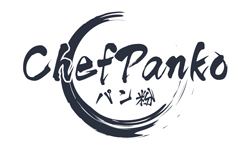
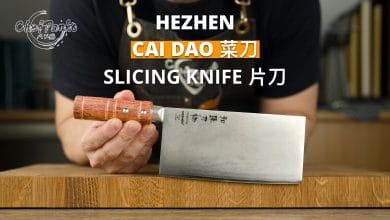
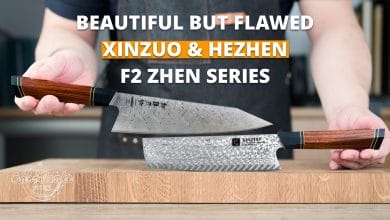
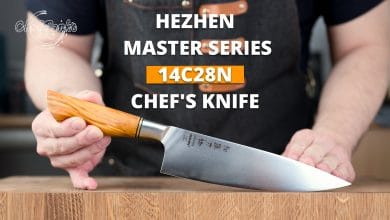
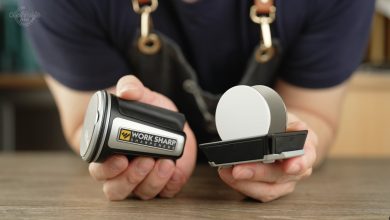
Traditional American home cooking often features a slicer more than even a Chef’s knife. Typically, for Thanksgiving, Christmas, and Easter Family gatherings, a large turkey or ham is served–and then used for sandwiches and casual meals for weeks. . More frequently, other gatherings will involve preparations of large beef roasts. If the gathering is large enough, preparation and serving is provided by semi professional caterers carving and serving.
This Tojiro DP Sujihiki would be perfect for this–and is a higher quality knife than is typically seen and used. Unfortunately for us, all signs point to price increases in the USA in the direction of European and Japanese prices. The current offering for Americans at AMAZON USA could be a real bargain.
That is a great point, I wasn’t sure if a Sujihiki price and usage are justified with the occasional yearly gatherings and events. But I was thinking about Europe in particular and forgot that in America you have more of a tradition to use it on turkey, beef roast, etc.
I wonder I they benefit from a Sujihiki, it would work but a carving knife would probably be better.
Cooked protein is denser, back and forward motions are usually needed especially with ham.
One of the reasons a carving knife is straighter and the Sujihiki has a slight gentle curve.
Sujihiki is more for slicing towards you, while the carving knife is used with a sawing motion.
While it would work too with a Sujihiki the design of the knife is used differently.
But I’m also seeing more western cooks transitioning to a Yanagiba, for beef, etc.
While that can be used on beef too the edge will bend faster since it is a single bevel so they should benefit more from a Sujihiki in that scenario especially because of the double bevel design.
But I don’t blame them since they literally just buy based on the retailer’s information.
Retailers got to sell the knife to a broader audience to sell the knives that they have in stock.
(In the end, it is the buyer’s decision but I wonder if they know what the knife design was intended for before they decided to purchase a Yanagiba for example).
I have seen the prices going up too for Tojiro in the USA.
Still cheaper than the European MSRP, but it seems like they are trying to level the pricing.
I hope at least that by doing so the retailers will start selling more other knives line up from Tojiro.
Or it is getting harder for them to get the materials from factories due to the current situation around the world and shipment to the retailers is getting delayed since there are fewer planes flying or fewer employees working on the production line at the factories since not only Tojiro prices went up but also knives from certain knife artisans.
If the prices are matching the European MSRP, then we should consider importing the knife from Japan.
With the current European pricing, you save 75+ Euro from importing but if the import tax is applied you still save 50+ Euro.
My slicer, a Ken Onion Rain, is the same length, hardness, and has a similar profile to the Tojiro, and I use it in much the same way. For carving, I use my Miyabi Birchwood Gyoto.
Very interesting thank you for sharing all the information too about American family gatherings, events. I don’t have the experience of one of those events but I always have seen them in movies but that is most likely different from what the real-life experience is like.
Definitely widen my way of thinking thank you Ray.